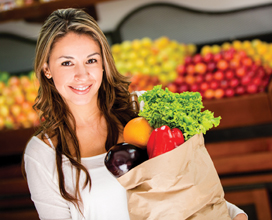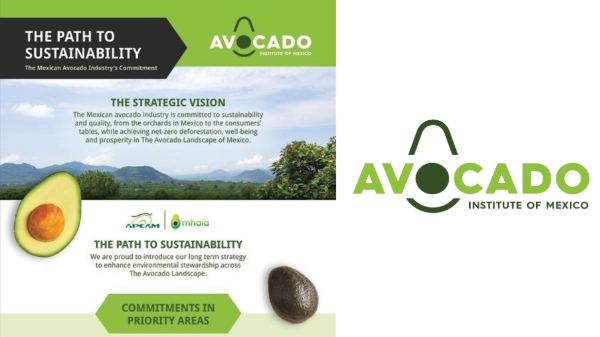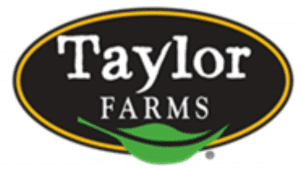Welcome to Blue Book!
Are you ready to join the thousands of companies who rely on Blue Book to drive smarter decisions? View our plans and get started today!
Still have questions? We’d love to show you what Blue Book can do for you. Drop us a line– we’ve been waiting for you.

Hispanic cuisine continues to cross cultural boundaries with more and more fruits and vegetables gaining exposure in grocery stores, on restaurant menus, and in home kitchens throughout North America.
Become more familiar with five commodities—prickly pears, nopales, jicama, tomatillos, and papaya—currently enjoying a surge in popularity. What makes these fruits and vegetables so special? We talked to growers and suppliers to find out…
Creative Cactus: Prickly Pears & Nopales
Prickly pears (Opuntia spp. Cactaceae), also referred to as cactus pears, and nopales tuna, the edible young pads of the prickly pear cactus, are pervasive on Mexican terrain. Although many people associate cacti with very dry, desert-like conditions, Jorge Vazquez, president of Latin Specialties, LLC in Houston, TX explains that some of the best varieties of cactus and cactus fruit do not come from arid regions of Mexico, but areas with abundant rain and cooler temperatures—like the mountainous region surrounding Mexico City.
Although cactus or nopales are available year round, “The best time of year to buy,” according to Vazquez, “is during the cooler temperatures of spring and autumn, as hot weather in excess of 95 degrees decreases yields and flavor.” Prickly pears, however, have a much shorter window of availability, from June to October, with the most popular variety, Cristalina, available around August.
Vazquez believes the thorny appearance and a lack of consistent quality and supply at the supermarkets has kept nopales and prickly pears from widespread consumption in both the United States and Canada. Advances in handling and the uptick in demand for fresh-cut fruit and vegetables, however, may put both items on more tables in the near future.
Both commodities must be stored in high humidity, above 85 percent, as ambient conditions degrade appearance due to water loss. Both nopales and prickly pears should be stored at 45 to 50 degrees; chilling damage can occur if stored for longer than three weeks at less than 41 degrees. Nopales have a shelf life of three weeks, while prickly pear lasts from two to five weeks depending on the variety and level of ripeness.
Traditionally, cactus pear is eaten cold, and nopales are diced and made into a dish known as nopalitos. Vazquez says a puree of prickly pears continues to catch on as a flavoring in “high-end desserts” served in Texas restaurants. The fruit is also used as key ingredient in beverages, such as margaritas.
Jicama Is A Hit
Jicama, alternately known as the yam bean, Mexican water chestnut, or Mexican turnip, is a tropical legume with an edible taproot, predominantly grown in Mexico. Jicama de agua, a form of Pachyrrizus erosus with a translucent rather than milky juice, is preferred for the fresh market. Though it is shaped like a turnip, and has a solid white interior, jicama tastes like an apple with a nutty twist.








